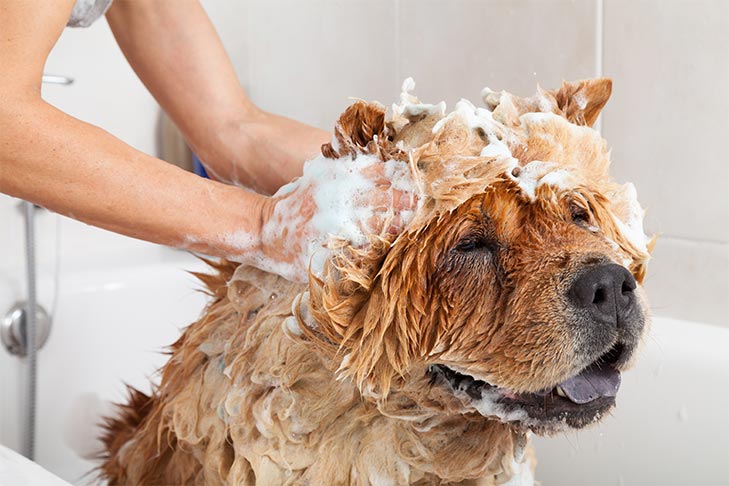Pets bring joy and companionship into our lives, making our households feel warmer and livelier.
However, being a responsible pet owner involves more than just providing love and attention. Proper pet care encompasses various aspects, including grooming, nutrition, and healthcare.
In this article, we will explore essential tips for taking care of your furry friend, with a focus on grooming and selecting the right pet food.
Grooming Your Pet
Table of Contents
Grooming is a crucial aspect of pet care that not only keeps your pet looking their best but also contributes to their overall health and well-being. Here are some layman-friendly tips to ensure your pet is well-groomed:
- Brushing: Regular brushing is essential for most pets, especially those with fur. It helps remove loose hair, prevents matting, and distributes natural oils, keeping their coat healthy. The frequency of brushing depends on the breed, but aim for at least once a week.
- Bathing: Dogs and cats don’t need frequent baths, as excessive bathing can strip their skin of natural oils. Bathing every 4-6 weeks is typically sufficient unless they get into something messy. Use a pet-specific shampoo to avoid skin irritation.
- Nail Care: Trim your pet’s nails regularly to prevent them from becoming too long and causing discomfort or injury. Be cautious not to cut too close to the quick, as it can be painful and lead to bleeding.
- Ear Cleaning: Check your pet’s ears for signs of dirt or wax buildup. Clean them with a pet-approved ear cleaner and a cotton ball, avoiding the use of cotton swabs to prevent injury.
- Dental Care: Dental health is crucial for pets. Brush your pet’s teeth with a pet-specific toothbrush and toothpaste, or provide dental treats and toys to help keep their teeth clean.
Choosing the Right Pet Food
Proper nutrition is vital for your pet’s overall health and longevity. With a plethora of pet food options available, it can be challenging to make the right choice. Here’s some straightforward advice on selecting the best pet food:
- Read the Label: Look for pet food labels that list a high-quality protein source (such as chicken, beef, or fish) as the primary ingredient. Avoid products that contain fillers like corn, wheat, or soy, as they offer little nutritional value.
- Consider Your Pet’s Age and Needs: Different life stages and breeds have varying nutritional requirements. Choose pet food that aligns with your pet’s age, size, and activity level. Puppies, adult dogs, and senior dogs, for example, have distinct dietary needs.
- Avoid Artificial Additives: Opt for pet food that is free from artificial colors, flavors, and preservatives. These additives can potentially harm your pet’s health.
- Consult Your Veterinarian: If you’re unsure about the best food for your pet, consult your veterinarian. They can recommend a suitable diet based on your pet’s specific health requirements.
- Transition Gradually: When switching to a new pet food brand or type, make the transition gradual by mixing the old and new food together over a week or so. Sudden changes in diet can lead to digestive upset.
The Importance of Pet Insurance
While not directly related to grooming or food, pet insurance is a topic worth mentioning. Pet insurance can help cover unexpected medical expenses for your furry friend, ensuring they receive the care they need when accidents or illnesses occur. To learn more about what pet insurance covers, you can visit this informative article: Link: What Does Pet Insurance Cover?.
Conclusion
Proper pet care involves a combination of factors, including grooming, nutrition, and access to essential healthcare.
By following these layman-friendly tips for grooming your pet and choosing the right pet food, you can ensure that your beloved companion lives a happy, healthy, and fulfilling life.
Additionally, considering pet insurance as a safety net for unexpected medical expenses can provide you with peace of mind, knowing that you’re prepared for any unforeseen challenges that may arise in your pet’s journey alongside you.



